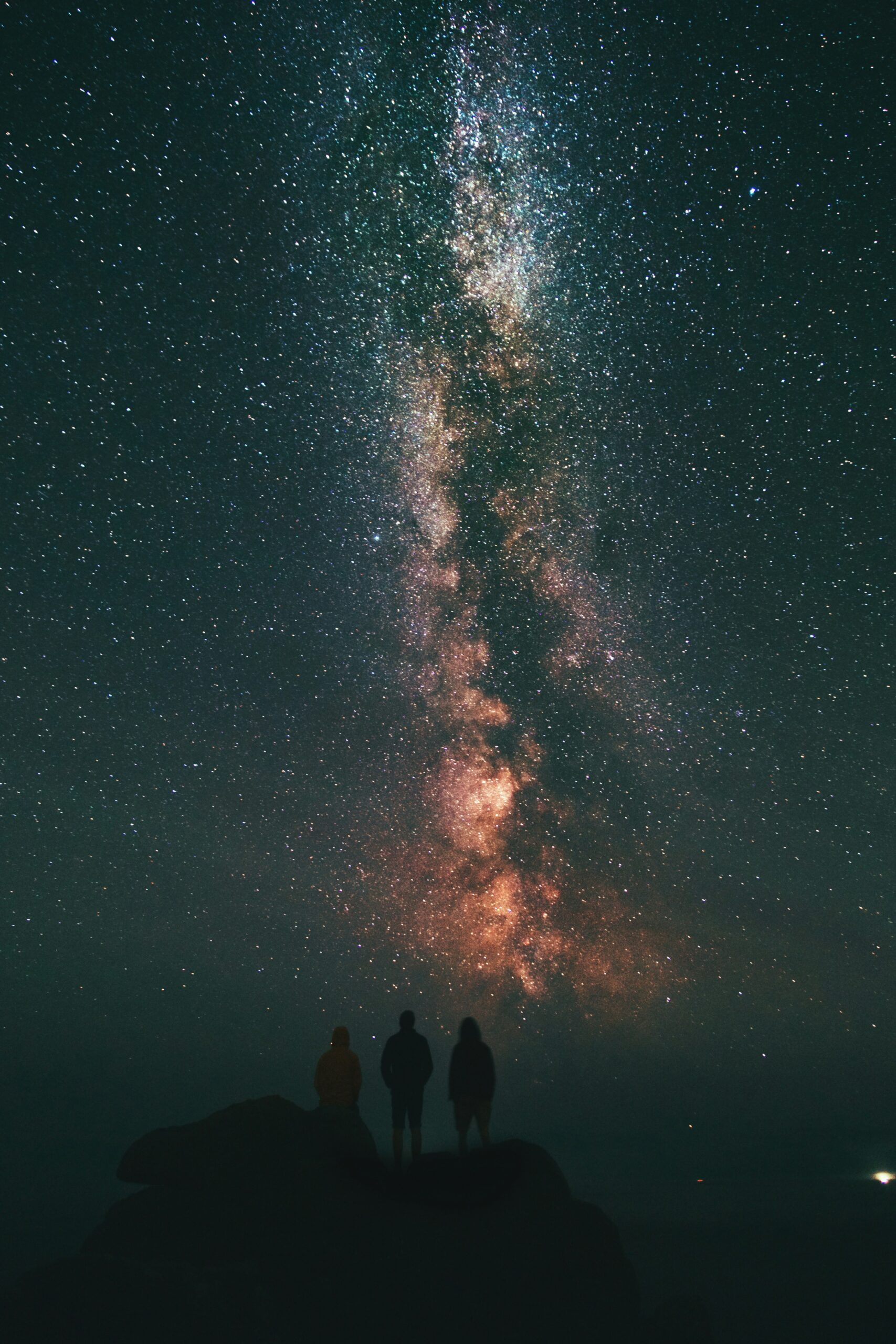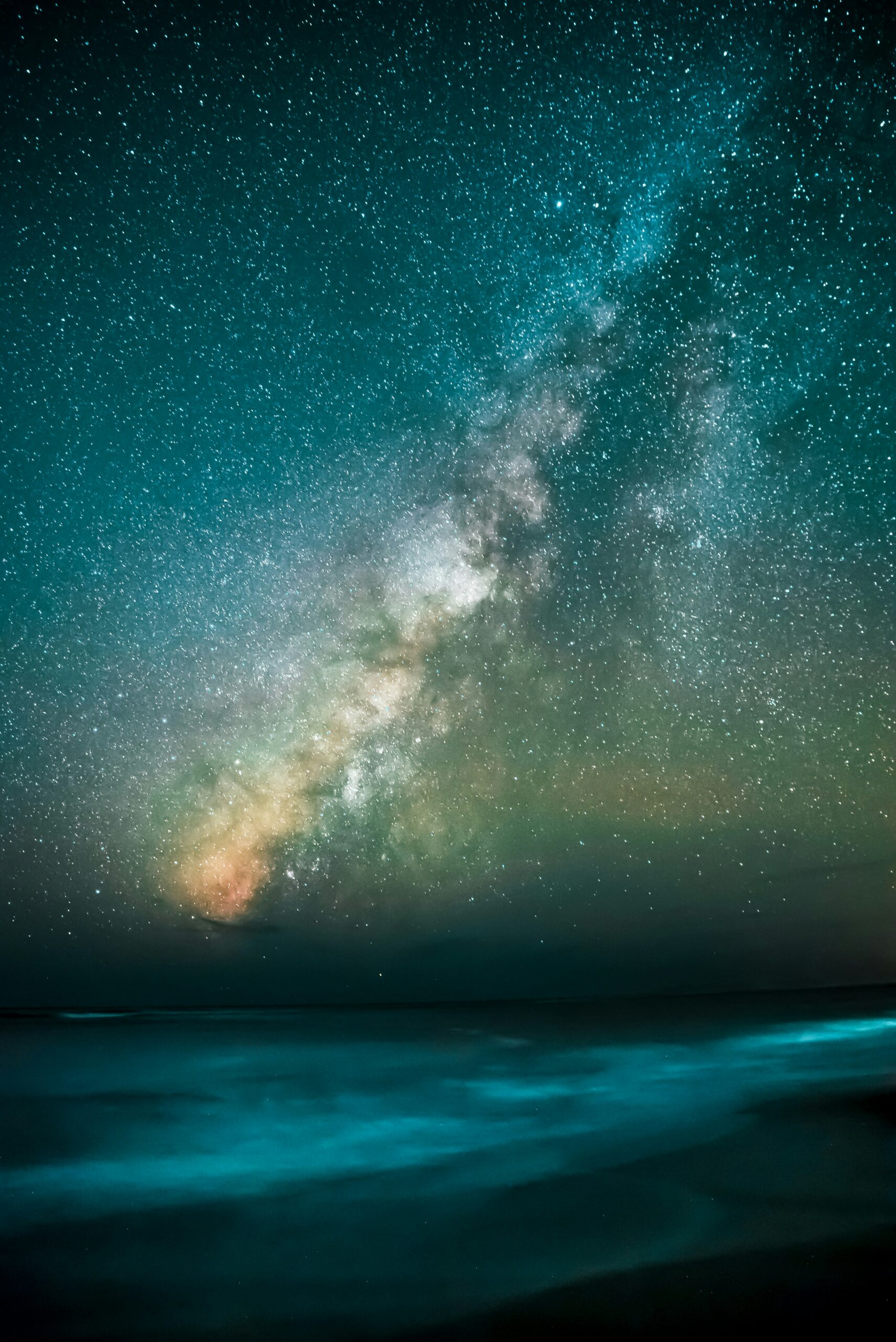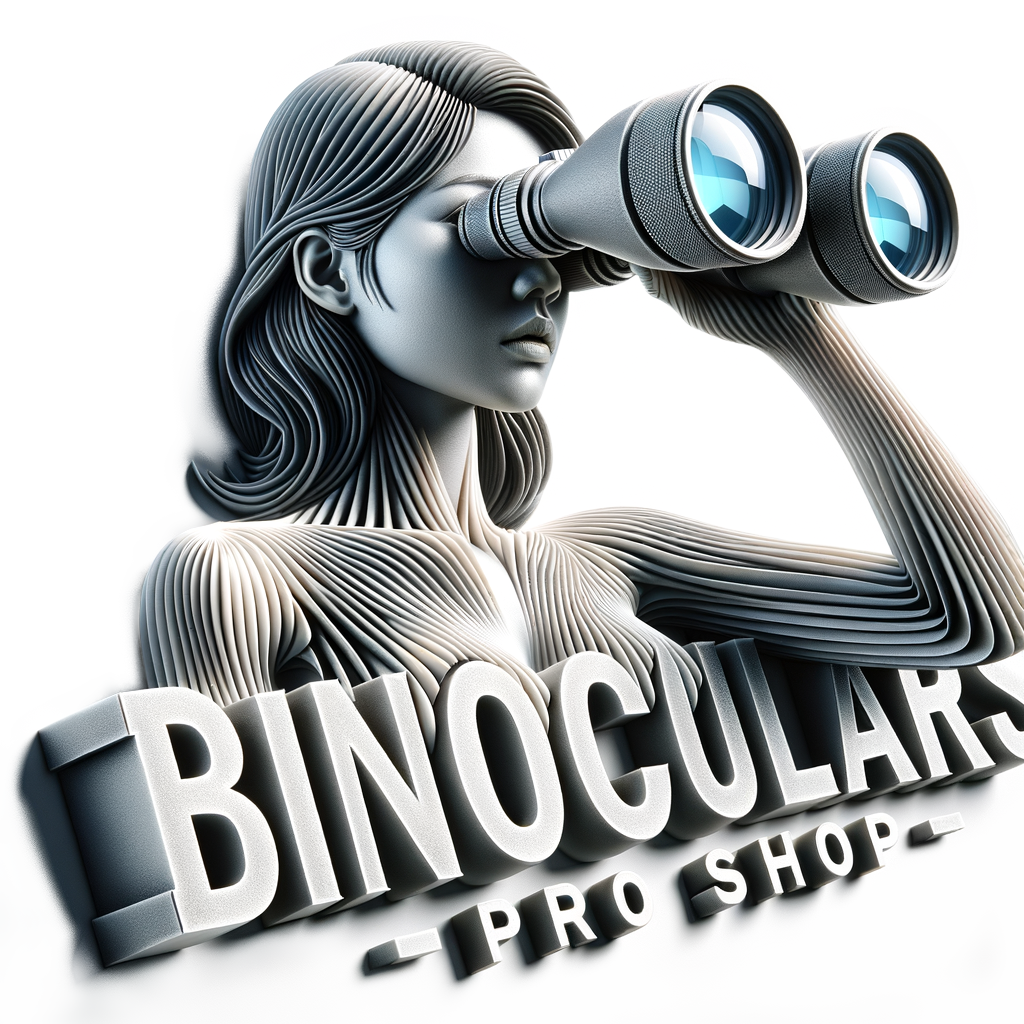Imagine being able to explore the night sky with ease and clarity, observing the stars and constellations in all their glory. Or imagine being able to navigate through the darkness without stumbling, effortlessly spotting potential hazards. But can a monocular be the key to unlocking these nocturnal wonders? In this article, we will explore the possibilities of using a monocular for night vision and discover if this handy device can truly illuminate the way in the darkest hours. So, fasten your seatbelts, because we are about to embark on an intriguing journey into the world of monoculars and their after-dark capabilities.

Understanding Night Vision Technology
Night vision technology allows individuals to see clearly in low light or complete darkness. It works by capturing the available light, including infrared light, and amplifying it to create a visible image. This technology has numerous applications in various fields, including military, law enforcement, wildlife observation, and recreational activities.
Principles of Night Vision
Night vision technology operates on the principles of light amplification and image enhancement. Light amplification involves capturing photons of light through the objective lens of the device and converting them into electrical signals. These signals are then amplified to produce a brighter image.
Image enhancement entails processing the amplified signals to improve the clarity, contrast, and sharpness of the image. This process often involves the use of various algorithms and filters to enhance specific features and reduce noise.
How Night Vision Devices Work
Night vision devices, including monoculars, use a combination of optical lenses, photodetectors, image intensifier tubes, and displays to provide clear images in low light conditions. The objective lens captures the available light and focuses it onto a photocathode inside an image intensifier tube.
The photocathode converts the incoming photons into electrons and this electron signal is then multiplied through a process called electron multiplication. The intensified electrons create a brighter image that is further focused and displayed on a screen, allowing the user to see in low light or darkness.
Different Types of Night Vision Technology
There are several types of night vision technology available, each with its own strengths and weaknesses. The three main types are infrared (IR) night vision, thermal detection, and image enhancement.
IR night vision uses infrared light to illuminate the environment and capture the reflected IR rays. This technology is effective in complete darkness, but the images produced may lack color and detail.
Thermal detection night vision relies on detecting the heat signatures emitted by objects and converts them into visible images. This technology is useful for detecting living beings, even in the absence of visible light, as it can identify variations in temperature.
Image enhancement night vision, commonly found in monoculars, amplifies the available light and enhances the quality of the image. This technology provides clearer and more detailed images but requires some ambient light to function properly.
Overview of Monoculars
A monocular is a compact and lightweight optical device that provides a single-eye view of the surroundings. It consists of a single barrel with a set of lenses, similar to one half of a pair of binoculars. Monoculars are versatile tools used in various applications, including wildlife observation, bird watching, hiking, and sports events.
Fundamentals of Monoculars
Monoculars are designed to provide a magnified view of distant objects through a single eyepiece. They usually have a variable magnification, adjustable focus, and objective lenses of various sizes. The magnification power of a monocular indicates how much larger the viewed object appears compared to its actual size.
The focus of a monocular can be adjusted to achieve sharp images at different distances. The objective lens collects the light from the viewed object, while the eyepiece lens magnifies and directs the light into the observer’s eye.
Common Uses of Monoculars
Monoculars have a wide range of applications due to their portability and compact size. They are often used in outdoor activities such as hiking, camping, and bird watching, where compact equipment is preferred. Monoculars are also popular in sports events, concerts, and other occasions where a magnified view is desired.
Additionally, monoculars are widely used in the military and law enforcement sectors for surveillance and reconnaissance purposes. Their small size and ability to be easily carried and concealed make them a preferred choice for these applications.
Advantages and Disadvantages of Using Monoculars
Using a monocular has several advantages over other visual aids, such as binoculars or telescopes. Monoculars are lightweight and compact, making them easy to carry and store. They also provide a wider field of view compared to telescopes, allowing the user to observe a larger area at once.
Furthermore, monoculars are more affordable than binoculars or telescopes of similar quality. They are also more comfortable to use for extended periods due to their single-eye viewing. However, monoculars do have some limitations. The lack of depth perception and the strain on one eye may affect the overall viewing experience for some individuals.

Monoculars and Night Vision
While monoculars are primarily designed for daytime use, they can also be used for night vision with the help of additional technology and modifications.


